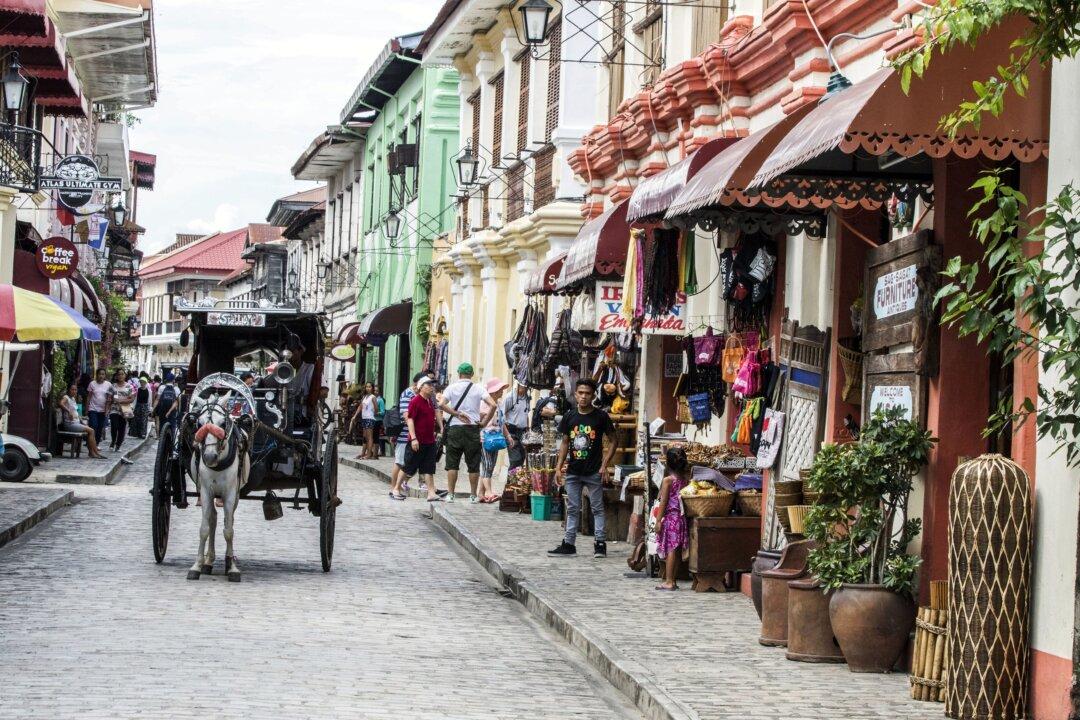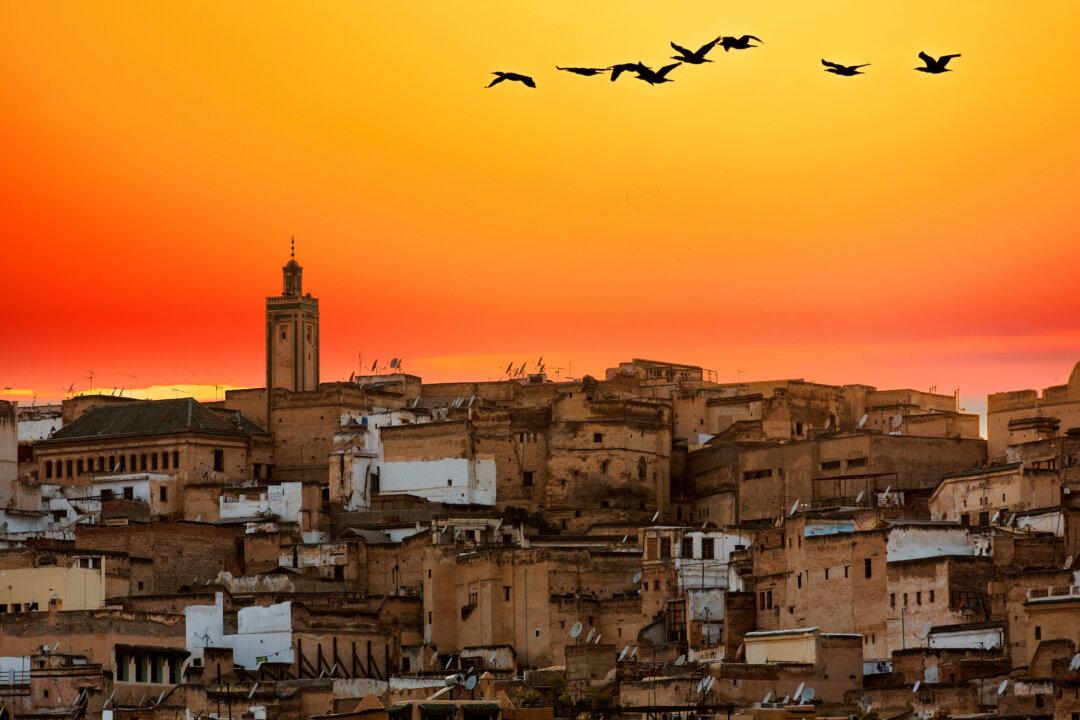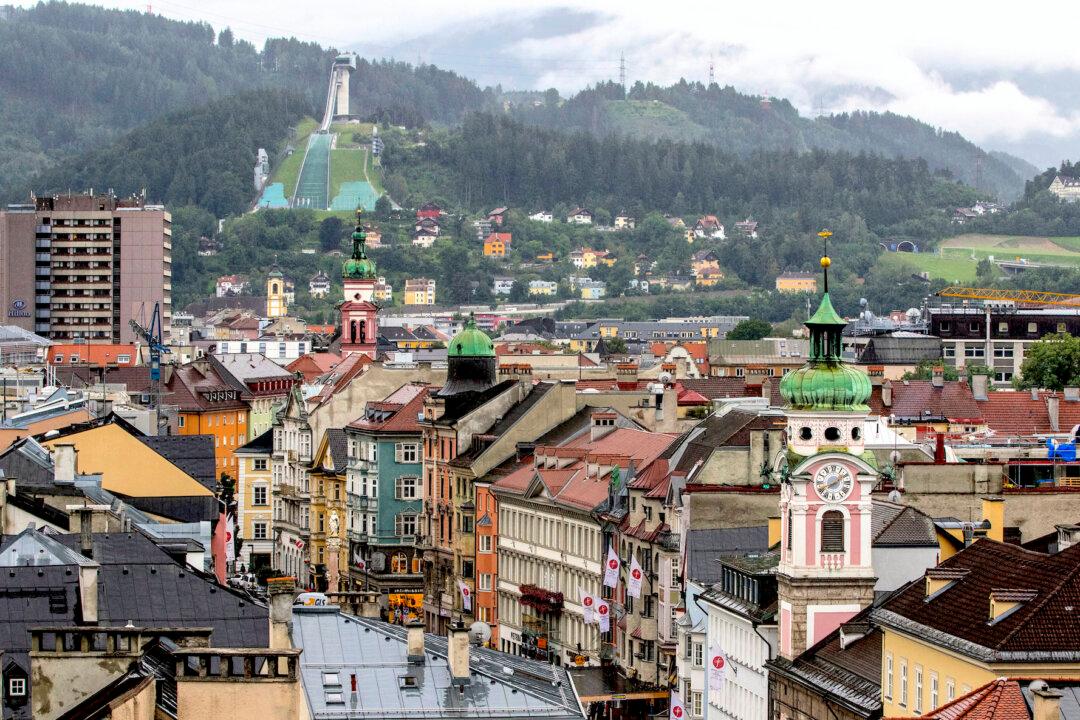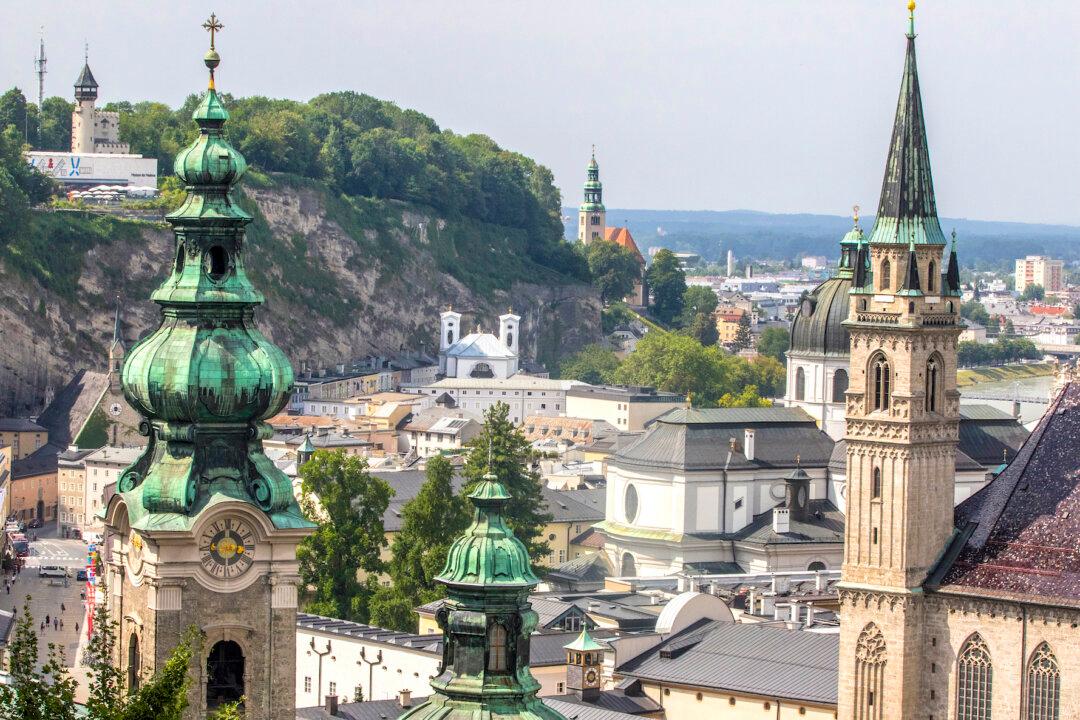Given that the Philippines archipelago consists of over 7,000 islands spanning 300,000 square kilometers, it’s amazing that these diverse territorial islands form a united country.
The Philippines’ heritage is a combination of natives who once lived in caves, followed much later by a dramatic occupation by the Spanish and then a strong American influence after the Second World War. Surrounded by the seas of China, Taiwan, Vietnam, Malaysia, and Indonesia, it is the only Christian state in Southeast Asia.






